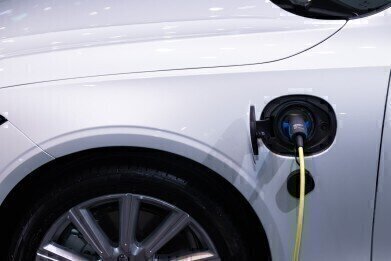News & Views
How Do Electric Racing Cars Work?
Jul 29 2014
Electric cars have been around since the mid nineteenth century. Electric vehicles were popular up until the early twentieth century. In 1899 an electric car held the World Land Speed Record, Camille Jenatzy achieved a speed of 65.8 mph in Yvelines, France.
However, changes in manufacturing processes and developments in engine design increased the petrol engine’s popularity. The limited range of electric cars was also a problem - they could only be used in urban areas.
Renewed Interest in Electric Cars
There has been renewed interest recently in alternatively powered vehicles, and this includes electric racing cars. Since 1998, there has been an engineering competition held in England to design and build the best racing car. The event is to showcase the best engineering talent in the world’s universities. Cars are judged on various criteria including speed, efficiency and endurance. In 2014, an electric racing car from Holland won. An idea of the design requirements and testing needed to make the winning electric car can be found in this article: Thermal Imaging Helps to Build High-Performance Electrical Racing Car.
2014 also sees the launch of a brand new, international, electric racing car championship. The FIA Formula E Championship will feature 10 teams racing around some of the world’s great cities in races lasting an hour. Some of the major Formula 1 teams are involved, including Williams and McLaren.
Performance
Power transfer and weight are critical for electric cars due to the lower power generated by the motor compared to conventional racing cars. The new motors developed for Formula E are thought to have the highest power to weight ratio of any electric automotive motors in the world. Weighing 26 kg they can provide 250 hp, translating into a top speed of 140 mph and an acceleration of 0-62 mph in 3 seconds.
Battery Powered
The power system comprises a Lithium-Ion battery, a power controller and a motor. Power is delivered from the motor to the rear wheels through a 4-speed gearbox. The power controller plays a dual role. It controls the electrical power to all the cars systems at the correct voltage and converts the battery’s DC output to an AC voltage suitable for the motor.
The power system can act in reverse. When not powering the wheels, the motor can act as a generator and recharge the battery. This is a similar idea to regenerative braking used in commercial electric and hybrid vehicles.
The battery pack is heavier than a full tank of fuel in a car and at present this is a limiting factor on the range of the cars. Consequently, the cars can only race on a full charge for 20-30 minutes, then a pit stop to change into a fully charged car is necessary. A battery takes approximately 90 minutes to be fully recharged.
Innovations for future years will hopefully include wireless recharging and an improvement in battery efficiency, which will increase the range and performance of the racing cars.
Digital Edition
Lab Asia 31.2 April 2024
April 2024
In This Edition Chromatography Articles - Approaches to troubleshooting an SPE method for the analysis of oligonucleotides (pt i) - High-precision liquid flow processes demand full fluidic c...
View all digital editions
Events
Apr 22 2024 Marrakech, Morroco
Making Pharmaceuticals Exhibition & Conference
Apr 23 2024 Coventry, UK
Apr 23 2024 Kintex, South Korea
Apr 23 2024 Seoul, South Korea
Apr 24 2024 Jakarta, Indonesia








.jpg)









